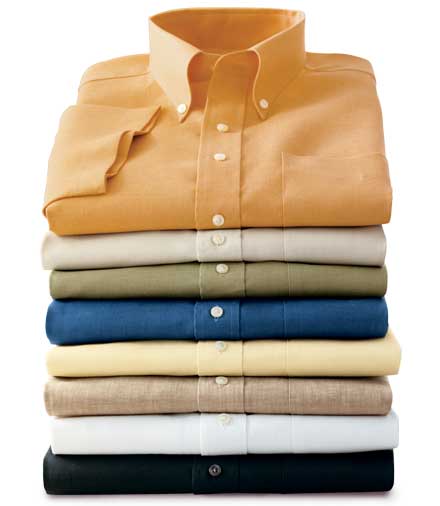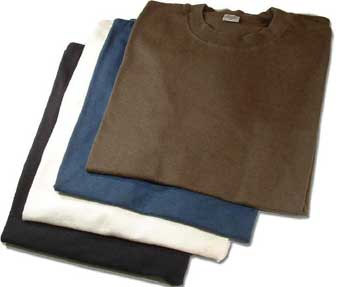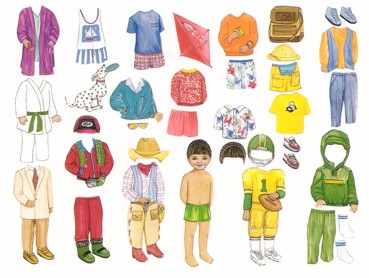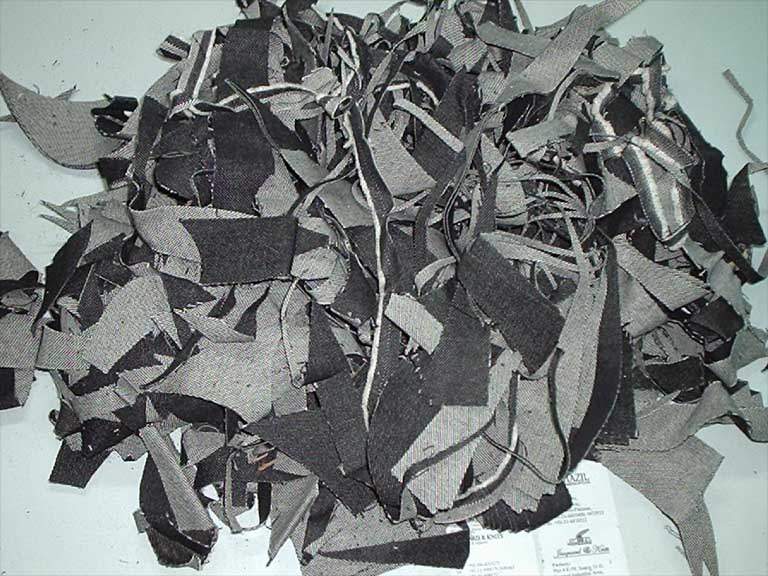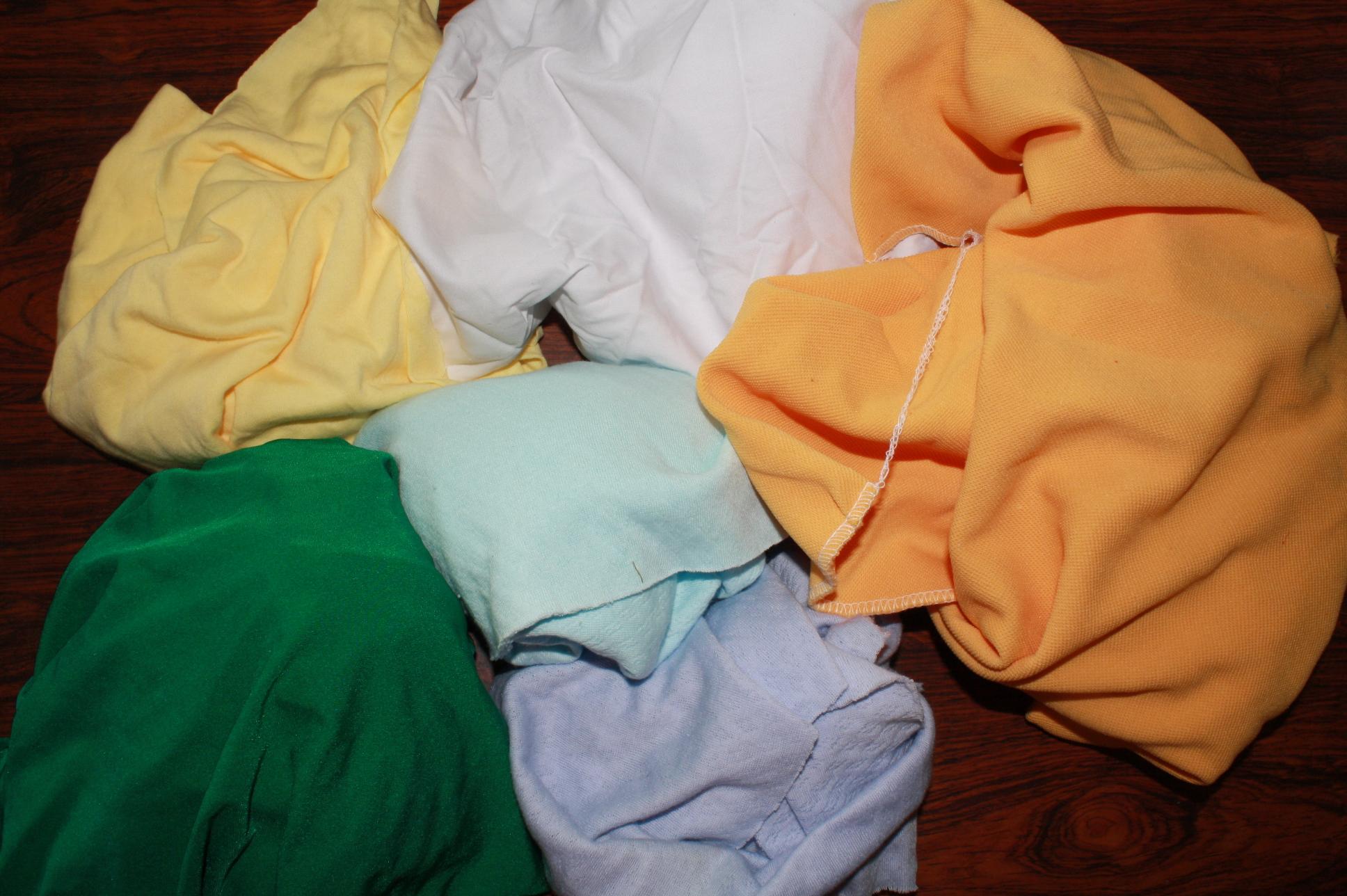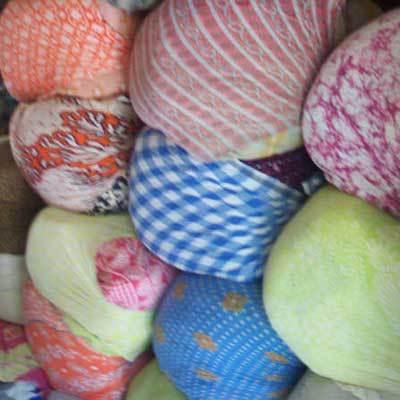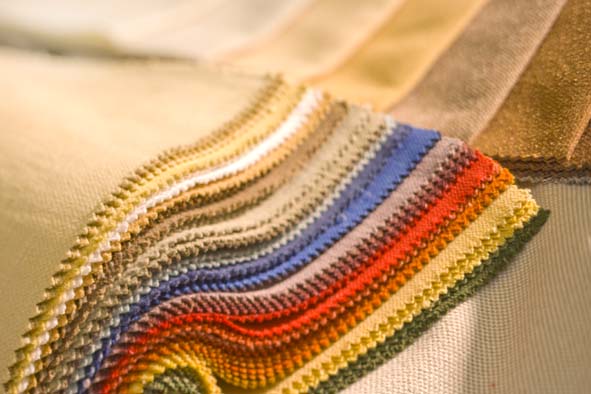History of the principal natural fibers used in textiles for apparel and home fashion
| EST. DATE |
FIBER |
BACKGROUND AND PRODUCTION |
| 5,000+ BC |
FLAX: |
- Generally considered to be the oldest natural textile fiber.
- Fine linen was used as burial shrouds for the Egyptian pharaohs.
- Largest producer: Soviet States; other large producers include Poland, Germany, Belgium and France. Largest exporters are Northern Ireland and Belgium.
|
| 3,000+ BC |
COTTON: |
- Earliest use estimated between 3,000 BC to 5,000 BC.
- Worn by Egyptians earlier than 2,500 BC.
- Eli Whitney's invention of the cotton gin in 1793 revolutionized the processing of cotton.
- The development of the power loom in 1884 brought significant improvements and variations to cotton fabrics.
- Major producers: United States, Soviet States, China and India. Lessor producers include Pakistan, Brazil, Turkey, Egypt, Mexico Iran and Sudan.
|
| 3,000 BC |
WOOL: |
- Used by people of the Late Stone Age,
- There are 40 different breeds of sheep, which produce approximately 200 types of wool of varying grades.
- Major producers include: Australia, New Zealand, Soviet States, China, South Africa, and Argentina.
|
| 2,600 BC |
SILK: |
- Believed discovered by a Chinese princess.
- Silk is made from two continuous filaments cemented together and used to form the cocoon of the silkworm.
- Silk culture began about 1725 BC, sponsored by the wife of China's emperor.
- Secrets of cultivation and fabric manufacturing were closely guarded by the Chinese for about 3,000 years.
- There is a story that two monks smuggled seeds of the mulberry tree and silkworm eggs out of China by hiding them in their walking sticks.
- India learned of silk culture when a Chinese princess married an Indian prince.
- The major producer and exporter of silk is Japan.
|

 Know the Fabric knowledge...:
Know the Fabric knowledge...:
 Gusto Groups
Gusto Groups








